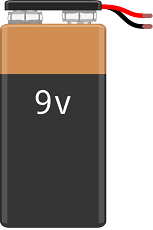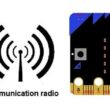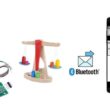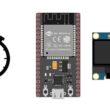Using water pump by Micro:bit
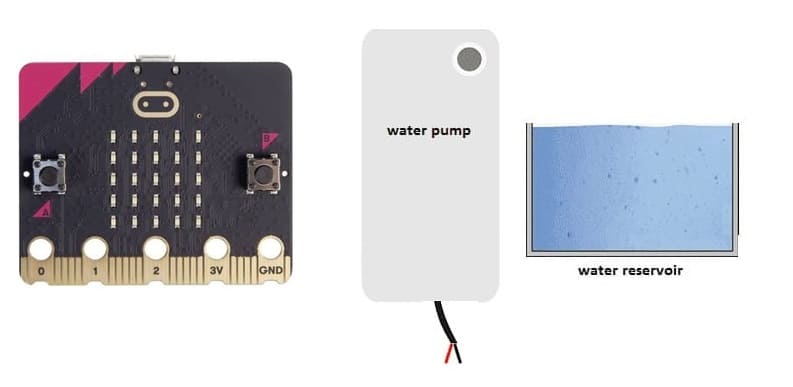
Tutorial plan
1- How to use water pump by Mico:bit ?
2- Components Needed
3- Circuit Setup
4- Programming Micro:bit with Makecode
What is water pump ?
A water pump is a mechanical device designed to move water from one location to another. It is commonly used for various applications, such as supplying water for irrigation, draining flooded areas, or circulating water in systems like aquariums or cooling systems. Water pumps operate by creating a pressure difference that allows water to flow through a system.
Applications of Water Pumps
Agriculture: For irrigation and draining fields.
Residential: Supplying water to homes, boosting pressure, and removing wastewater.
Industrial: Moving water in manufacturing or cooling systems.
Municipal: Distributing water through pipelines and sewage systems.
Using Micro:bit to control a water pump is a common project, especially in DIY and automation applications like automatic plant watering or aquarium management. The Micro:bit itself can't power a water pump directly because it doesn’t provide enough current. However, by using a relay module, the Micro:bit can safely control the pump.
Components Needed
Micro:bit:

This is the central control unit
The GPIO expansion card for the Micro:bit card
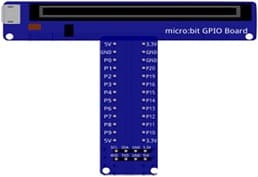
The GPIO expansion board for the Micro:bit board expands the capabilities of the Micro:bit board by adding more input/output (GPIO) pins and additional functionality.
2- Relay Module (for controlling the water pump with Micro:bit):
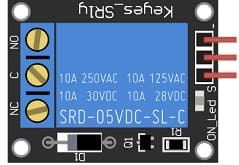
A relay module allows the Micro:bit to control a high-power device like a water pump by isolating the pump's high voltage from the Micro:bit’s low voltage. When the Micro:bit sends a signal, the relay switches on, allowing current to flow through the pump and activate it.
3- Water Pump 12V (for small projects)
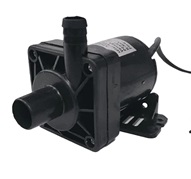
A 12V water pump is an excellent choice for small projects due to its manageable power requirements and compatibility with many microcontrollers like Micro:bit.
4- Power Supply:
You’ll need a 9V power supply that provides enough current for the pump to operate effectively.
5- Jumper Wires

Jumper wires will be used to make connections between the components.
6- Breadboard:
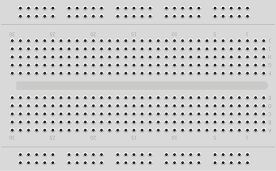
A breadboard can be used to create a temporary circuit for testing and prototyping.
Circuit Setup
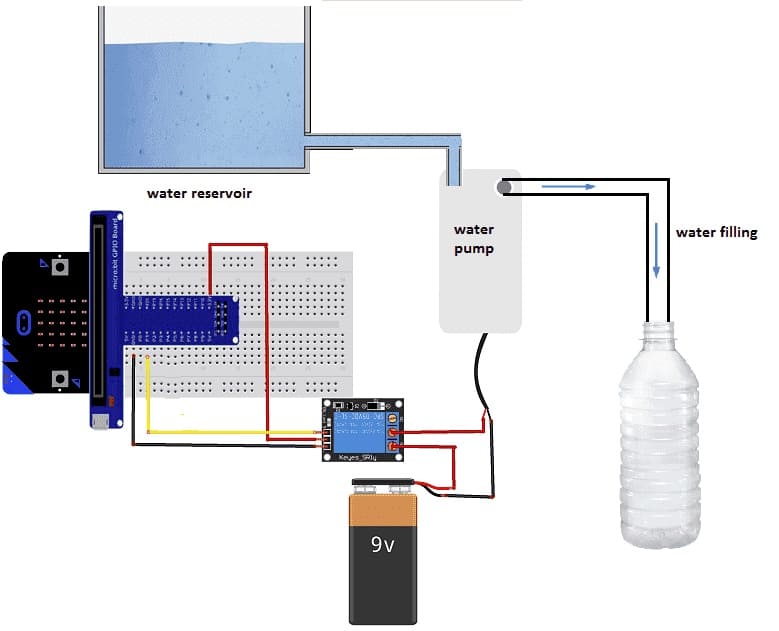
Connect the Relay to the Micro:bit
Connect the relay module's signal pin (usually labeled S) to a GPIO pin on the Micro:bit (e.g., Pin 1).
Connect the VCC pin of the relay to the 3.3V pin on the Micro:bit.
Connect the GND pin of the relay to the GND pin on the Micro:bit.
Connect the Pump to the Relay:
Identify the relay's common (COM) and normally open (NO) terminals.
Connect the pump’s power wire (positive terminal for DC pumps or one wire for AC pumps) to the COM terminal.
Connect the NO terminal to the power source (positive terminal for DC pumps or live wire for AC pumps).
Connect the pump's other wire (negative terminal for DC pumps or neutral wire for AC pumps) directly to the power supply or AC source.
Programming Micro:bit with Makecode
Use MakeCode to control the relay module.
1- Go to Microsoft MakeCode and start a new project.
2- In MakeCode, open the Blocks Editor (https://makecode.microbit.org/) .
3- To turn the motor ON, drag an on button A pressed block from the Input category.
4- Inside the on button A pressed block, place another digital write pin P1 to 1 block. Setting the pin to 1 (HIGH) will activate the relay, turning on the water pump.
5- To turn the motor OFF, drag an on button B pressed block from the Input category.
6- Inside the on button B pressed block, place a digital write pin P1 to 0 block. Setting the pin to 0 (LOW) will deactivate the relay, turning off the water pump.
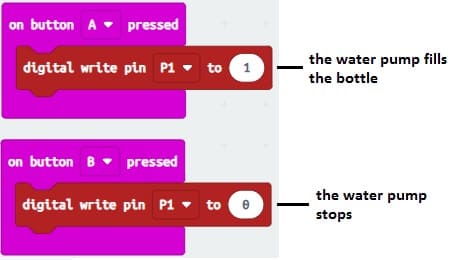
7- Click Download in MakeCode to transfer the program to your Micro
8- Once uploaded, test the setup by pressing Button A to start the water pump and Button B to stop it.
